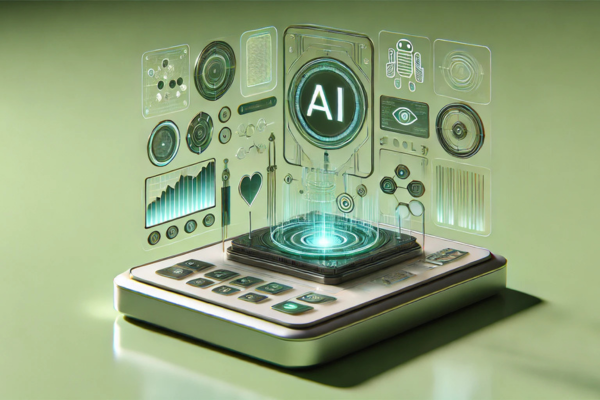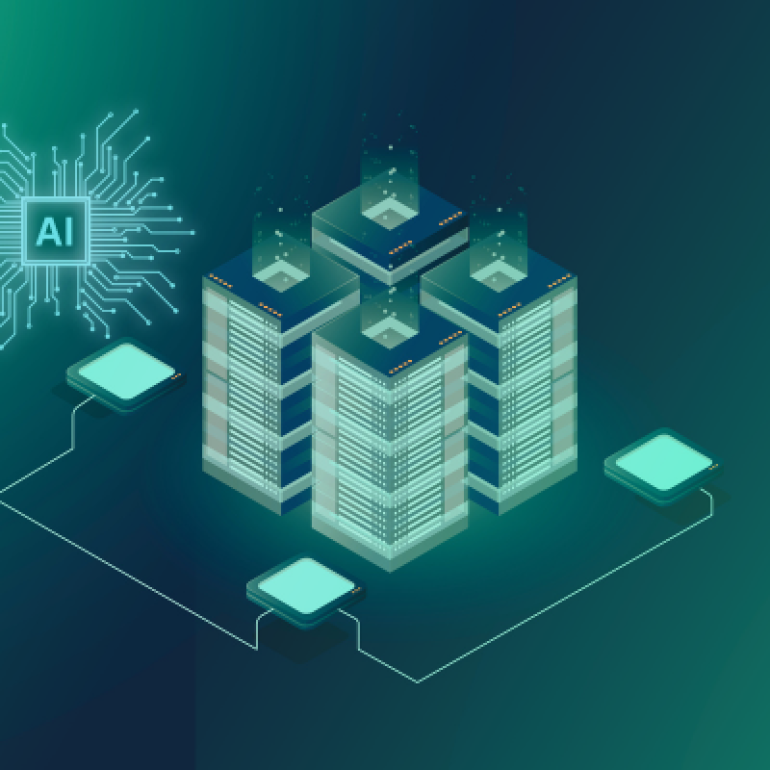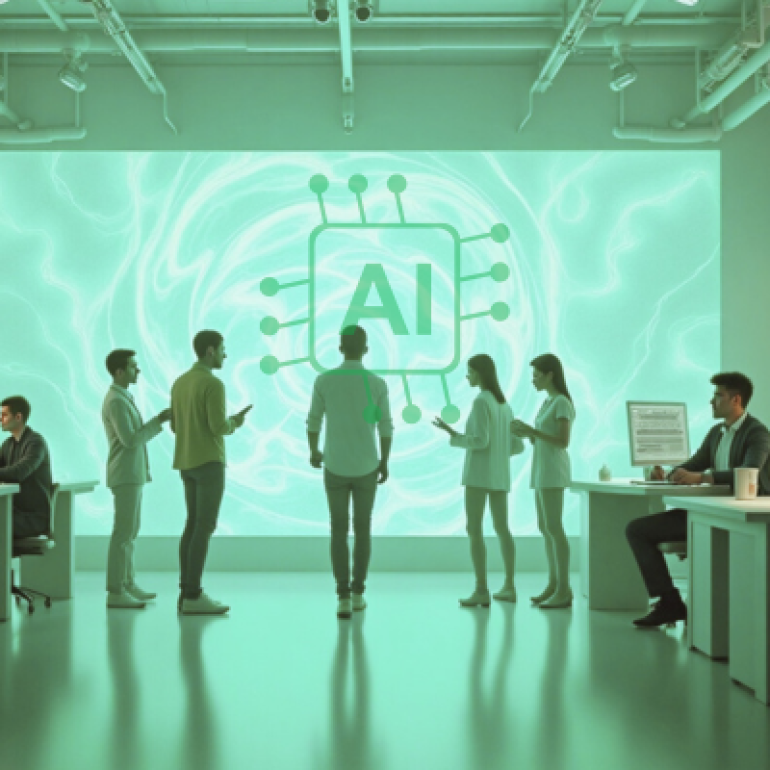- 23 June 2025
- Dr. Chandra Bondugula
Must Have Generative AI Tools and How to Use Them Effectively
Generative AI is a big deal. It's changing how businesses work by making things easier, sparking new ideas, and helping people get more done. Experts at Gartner even say it'll touch almost every industry soon, changing how businesses run and how we experience things as customers.

Introduction
Generative AI is a big deal. It’s changing how businesses work by making things easier, sparking new ideas, and helping people get more done. Experts at Gartner even say it’ll touch almost every industry soon, changing how businesses run and how we experience things as customers.
So, what are the best AI tools out there right now? These tools can help businesses do all sorts of things, like automatically create content, make better decisions, and speed up workflows. We’re going to dive into some of the top generative AI tools and show you how they can be useful for different business needs.
This blog post is all about the must-have generative AI tools. We’ll look at what they can do, how they’re being used, and some tips to get the most out of them. Whether you’re creating content, running a business, or building software, these AI tools can totally change the way you work and help you innovate.
What are Generative AI Tools and Why Are They Gaining Popularity?
Generative AI is a type of artificial intelligence that can actually create new stuff, like text, images, and more, by learning from existing examples. Think of it like this: regular AI is really good at processing information, but generative AI goes a step further and can come up with completely new things, almost like a human could. McKinsey calls it “a subset of artificial intelligence that creates new content, from text to images, based on learned patterns.”
So, why is everyone talking about generative AI all of a sudden? Well, a few big reasons:
1. It makes things faster and easier:
AI tools can take over complicated tasks, which means less work for us humans.
2. It helps with creating stuff:
Writers, marketers, designers – they’re all using AI to boost their creativity and come up with new ideas.
3. It helps businesses make smarter choices:
AI can analyze data and make predictions, helping businesses automate things and make better decisions.
Top Generative AI Tools You Must Know: Best AI-Powered Solutions for Business and Content Creation
Generative AI tools are transforming how businesses and creators work by offering innovative solutions for content generation, design, and automation. These tools help save time, improve creativity, and streamline processes. Let’s explore some of the most popular generative AI tools and understand how you can use them effectively.
1. ChatGPT (OpenAI) – Best for Conversational AI
ChatGPT generates human-like text, making it perfect for chatbots, content creation, and customer support.
How to use effectively:
- Write clear, structured prompts for accurate responses.
- Customize outputs by training the model with your own data.
- Integrate ChatGPT’s API into business applications for automation.
2. DALL·E 3 – AI-Powered Image Generation
DALL·E 3 creates AI-generated images based on text prompts, making it ideal for design, marketing, and creative projects.
How to use effectively:
- Use detailed descriptions for precise image results.
- Experiment with various styles to match your brand’s visual identity.
- Incorporate generated images into advertising campaigns for eye-catching visuals.
3. MidJourney – AI Art Generation for Designers
MidJourney is popular among artists and designers for creating unique digital artwork.
How to use effectively:
- Access MidJourney via Discord and use specific commands for desired outputs.
- Adjust settings to experiment with different artistic styles.
- Combine AI-generated art with graphic design tools for a professional finish.
4. Jasper AI – AI-Powered Content Writing
Jasper AI helps businesses generate high-quality blog posts, ad copies, and marketing emails.
How to use effectively:
- Use pre-built templates for various content types.
- Edit AI-generated text for better clarity and tone.
- Include SEO keywords to improve search rankings.
5. Runway ML – AI for Video Editing
Runway ML offers AI-powered video editing features, making it essential for content creators and marketers.
How to use effectively:
- Use AI tools for automatic background removal and video enhancements.
- Apply AI-generated effects and animations to make videos more engaging.
- Explore motion tracking and auto-captioning features to streamline production.
These generative AI tools can help businesses and creators achieve higher efficiency, better content quality, and faster results. By using these tools correctly, you can unlock new levels of productivity and innovation.
How to Use Generative AI Tools Effectively?
To effectively leverage generative AI tools, it’s essential to understand their capabilities and align them with your specific objectives. Here’s a practical guide to maximizing the potential of these powerful tools:
1. Define Clear Objectives:
Before implementing AI tools, establish clear goals. Are you aiming to generate content, create visuals, automate processes, or enhance customer experiences? Well-defined objectives will ensure you select and utilize the appropriate tool effectively.
2. Select the Right AI Tool:
Different AI tools are designed for specific purposes. For instance, ChatGPT is well-suited for content creation and customer support, while DALL·E 3 excels at generating creative images. Runway ML is a strong choice for video editing tasks. As McKinsey notes, “AI adoption varies across industries, and choosing the right tool can determine success.” Thorough research is crucial to select the tool that best aligns with your business needs.
3. Explore and Experiment:
Generative AI tools offer a range of functionalities. Invest time in exploring these features. Experiment with different prompts in ChatGPT to generate varied content. Explore various image styles in DALL·E 3 to maintain brand consistency. Utilize templates in Jasper AI for more efficient content creation.
4. Refine AI Outputs:
While AI generates content rapidly, human oversight is essential for quality and relevance. Always review and edit AI-generated text for appropriate tone and clarity. Refine AI-generated visuals to adhere to branding guidelines. Ensure all AI-generated content aligns with established business objectives.
4. Stay Informed:
AI technology is constantly evolving. Keep up-to-date with the latest features and updates in your chosen AI tools. Stay informed about industry trends and best practices. Familiarize yourself with ethical guidelines for responsible AI usage.
5. Utilize AI Responsibly:
Gartner emphasizes that “responsible AI usage is critical for building trust and credibility in the market.” Avoid generating or disseminating misleading information. Respect intellectual property rights. Employ AI ethically, particularly when handling sensitive data.
6. Integrate with Existing Systems:
Maximize the benefits of AI by integrating these tools with your current workflows. For example, embed ChatGPT in customer service platforms. Incorporate Runway ML into your video production pipeline. Integrate Jasper AI into your content marketing strategy.
What Does the Future Hold for Generative AI?
The future of generative AI is incredibly promising, with continuous advancements expected to transform industries even further. According to Gartner, “Generative AI will become more sophisticated, driving deeper personalization and automation across sectors.” Here’s what we can expect in the coming years:
1. Enhanced Personalization
Generative AI will offer more tailored solutions in marketing, healthcare, and customer services by analyzing user data more effectively. Businesses will be able to create hyper-personalized experiences, improving customer satisfaction and engagement.
2. Deeper Integration Across Industries
Generative AI tools will integrate seamlessly with existing business ecosystems, enhancing workflows and automating complex processes. McKinsey predicts that “AI-powered tools will become integral to daily business operations, reducing operational costs and increasing productivity.”
3. Creative Collaboration with AI
AI will not replace human creativity but enhance it. Content creators, designers, and developers will collaborate with AI to generate innovative content, art, and products, boosting creative potential.
4. Improved Multimodal AI Capabilities
Future generative AI tools will handle multiple types of content—text, images, videos, and audio—simultaneously. This will enable more dynamic applications, such as interactive media and personalized educational content.
5. Ethical and Responsible AI Development
As generative AI evolves, ethical concerns will take center stage. Businesses will focus on developing AI tools that are transparent, fair, and free of biases, ensuring responsible usage.
6. Industry-Specific Solutions
Generative AI will be tailored for niche applications, from drug discovery in healthcare to personalized financial advice in banking. This specialization will drive innovation and efficiency across industries.
In summary, the future of generative AI holds transformative potential, offering businesses new ways to innovate, automate, and engage. Staying updated with these trends will be essential for leveraging AI’s full capabilities.
Generative AI will continue evolving, with major advancements in personalization, automation, and AI-powered creativity. Industries like healthcare, finance, and marketing are expected to see significant AI-driven transformations.
Conclusion
Generative AI tools are shaping the future of work, creativity, and automation. From text and image generation to AI-driven video editing, these tools provide businesses with unmatched efficiency. By leveraging AI responsibly and strategically, businesses can maximize their potential.
At SHC Technologies, we specialize in AI-powered predictive analytics and generative AI solutions to help businesses harness the full power of artificial intelligence. If you’re looking to integrate AI into your business, our expertise can guide you toward a smarter AI-driven future.




